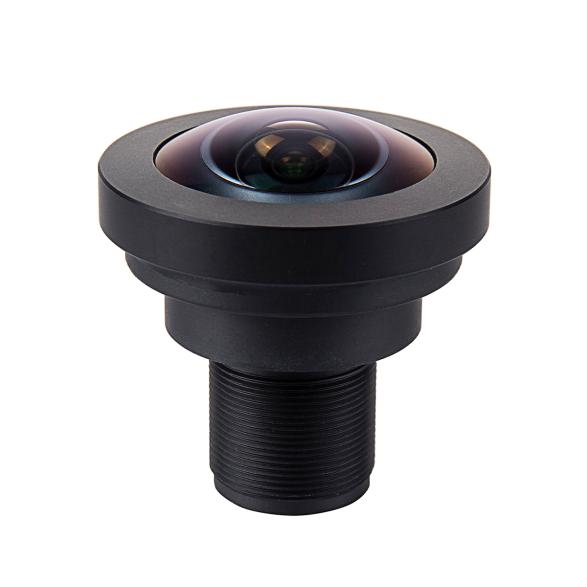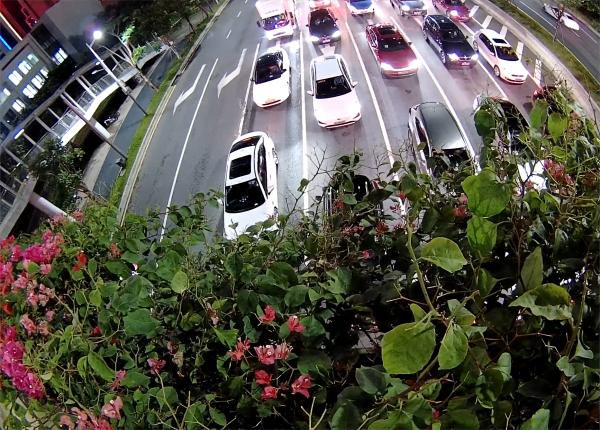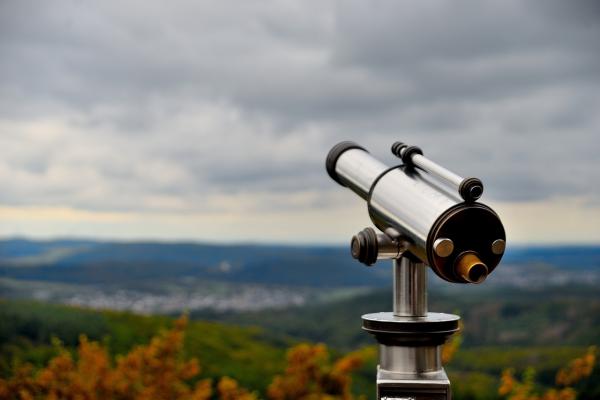- Home
- News
- Characteristics,Imaging Methods And Applications Of Large Target Area And Large Aperture Fisheye Lenses
Characteristics,Imaging Methods And Applications Of Large Target Area And Large Aperture Fisheye Lenses
A large target area and large aperture fisheye lens refers to a fisheye lens with a large sensor size (such as full frame) and a large aperture value (such as f/2.8 or larger). It has a very large viewing angle and broad field of view, powerful functions and strong visual impact, and is suitable for various shooting scenes, especially in low-light environments or when a wide-angle viewing angle is required, such as night scene photography, architectural photography, etc.
Characteristics of fisheye lenses with large target area and large aperture
The large target area and large aperture fisheye lens has become an interesting tool for photographers and artists to create with its unique visual effects and ultra-wide-angle field of view. Its characteristics are outstanding:
Super wide viewing angle
The angle of view of a fisheye lens is usually much larger than that of an ordinary lens. Its angle of view range can reach 180 degrees or even larger, which is suitable for capturing vast landscapes and spaces.
Bright aperture
The large aperture fisheye lens has a larger aperture, which allows more light to enter the sensor and achieves better imaging results even in low-light environments.
The large aperture fisheye lens
Strong visual impact
The pictures taken by the fisheye lens have strong visual impact and unique aesthetic effects. This unique visual expression is very popular among artists, designers and photographers.
Strong distortion effect
The fisheye lens produces a special bending effect of the scene, and this distortion effect gives the captured images a special visual effect. However, not everyone likes this effect, so the scenarios in which it can be used are limited.
Huge depth of field
The fisheye lens has a large depth of field, which means that many scenes can remain clearly visible under the fisheye lens, and they will not appear blurry even if they are very close to the lens.
Compact and portable size
Fisheye lenses are usually compact and portable, and are one of the essential lenses in the pockets of many photography enthusiasts and professional photographers.
Imaging method of fisheye lens with large target area and large aperture
Since the large target area and large aperture fisheye lens has special wide-angle effects and imaging characteristics, photographers need to make reasonable selection and control based on specific shooting scenes in order to obtain the best imaging effects. When shooting with a large target area and large aperture fisheye lens, you can consider these common imaging methods:
Lens correction
The wide-angle nature of fisheye lenses can cause severe distortion, especially near the edges of the frame. By using image processing software or lens correction tools, fisheye images can be corrected to make the straight lines in the image straight and improve the overall image quality.
Large aperture fisheye lens shooting examples
Inscribed circle imaging
The imaging range of the fisheye lens exceeds the rectangular area of the sensor, so black edges will be produced during imaging. By clipping the active image area on the sensor into an inscribed circle, you can remove the black edges and convert the fisheye image into a regular circular image.
Panoramic stitching
Fisheye lenses can capture a wide field of view due to their wide-angle characteristics. Combined with panoramic stitching technology, multiple photos taken with fisheye lenses can be stitched together to obtain a larger panoramic image. This method is commonly used in scenes such as landscape photography and cityscapes.
Creative applications
Due to the special effects of the fisheye lens, unique visual effects can be created in photography. For example, the distortion characteristics of a fisheye lens can be used to enlarge close-range subject objects and create special visual effects when the depth of field is large, which can be used in some scenes that require creativity.
Application of fisheye lens with large target area and large aperture
The large target surface and large aperture fisheye lens, because it has an extremely wide viewing angle, can capture a broad scene and form a unique visual effect. It is widely used in some professional photography and creative photography fields.
Extreme sports photography
In extreme sports such as skiing, skateboarding, and cycling, fisheye lenses can provide an ultra-wide field of view that other lenses cannot achieve, giving us a new perspective and understanding of such sports.
Advertising Photography and Creative Photography
The large aperture fisheye lens can provide special visual effects and is often used in advertising and creative photography to leave a deep impression through dramatic perspectives.
Architectural photography
Compared with other lenses, the fisheye lens can obtain a more comprehensive field of view, and can shoot high-rise buildings, city landscapes, etc. from unprecedented perspectives.
Application of large aperture fisheye lens
Astronomical Observation and Photography
The fisheye lens with a large target surface can capture a larger sky area, which is a major advantage for astronomical observation. For example, it can be used for astronomical photography, including starry sky, Milky Way, aurora, solar eclipse, lunar eclipse and other scenes, which can be clearly seen.
Panoramic and VR images
Because it provides a large field of view, the fisheye lens has also become an ideal choice for 360-degree panoramic photography, and it also provides better design and layout ideas for content creators of virtual reality (VR) images.


